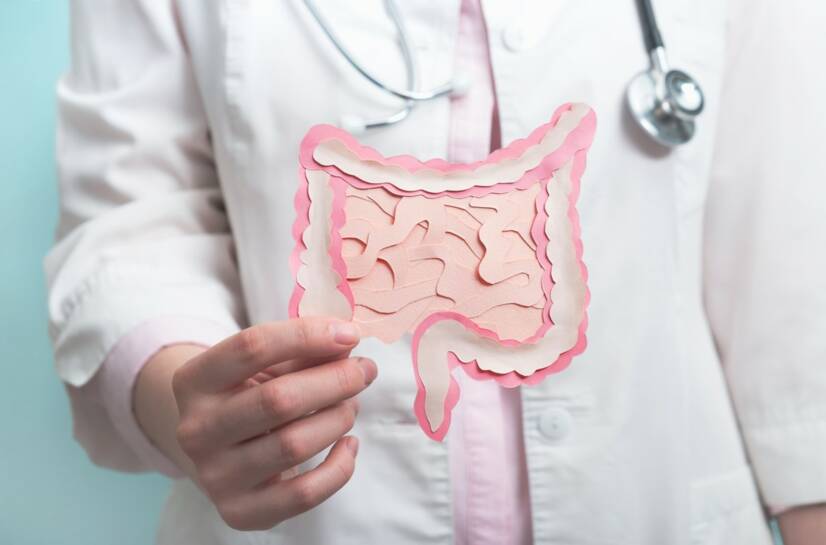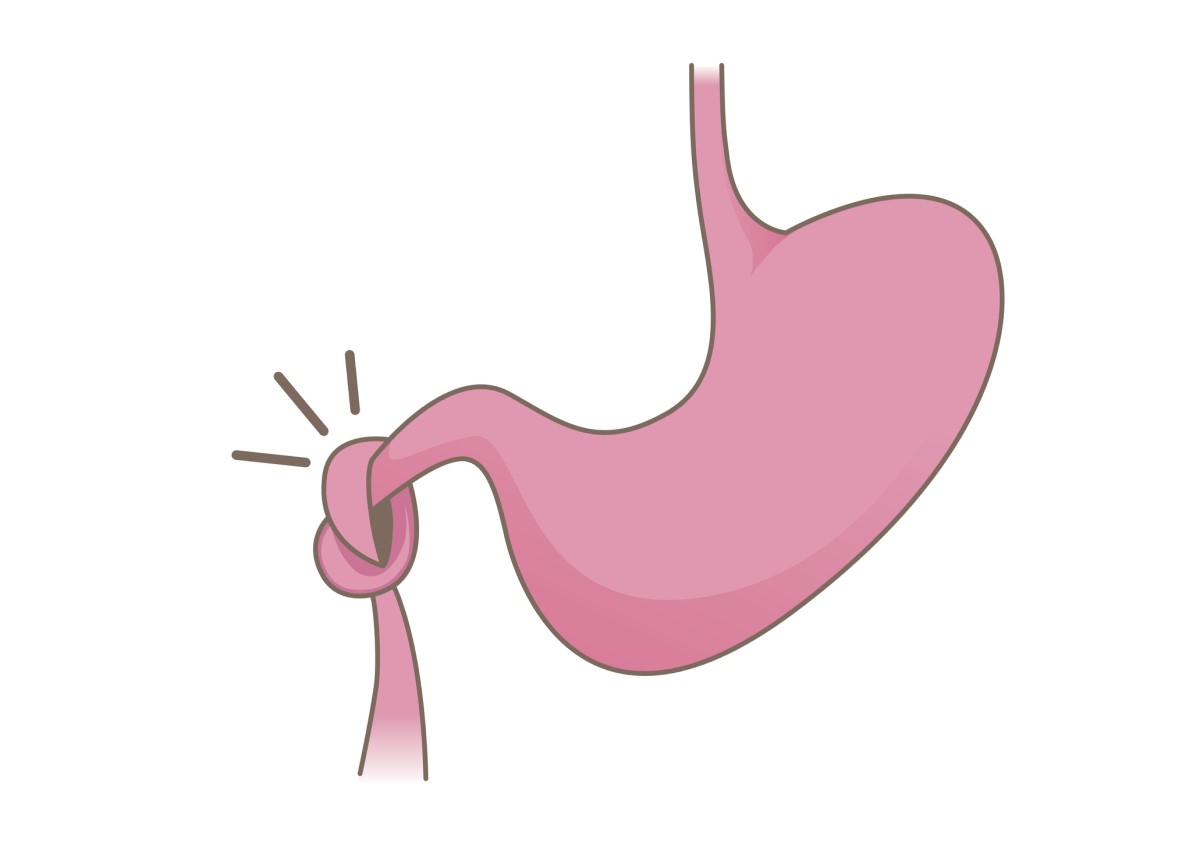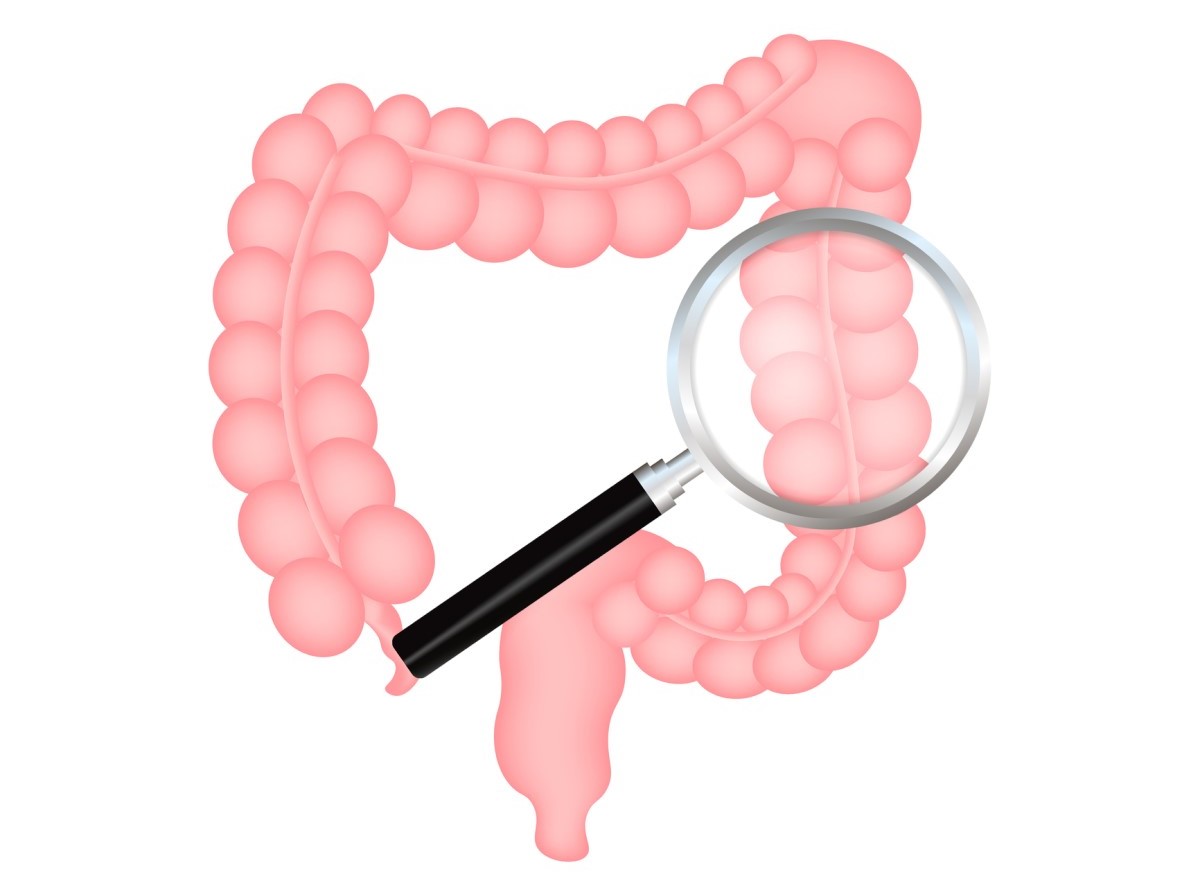- solen.sk - Mechanical ileus, MUDr. Zuzana Venhačová
- solen.cz - DIAGNOSTICS AND TREATMENT of ileus, MUDr. Zbyněk Jech, prof. MUDr Jiří Hoch, CSc, MUDr Martin Kouda
- solen.sk - DIAGNOSTICS AND TREATMENT OF ILUSION, Anton Vavrečk
- ncbi.nlm.nih.gov - Ileus, Elsworth C. Beach; Orlando De Jesus
- ncbi.nlm.nih.gov - Bowel Obstruction, David A. Smith; Sarang Kashyap; Sara M. Nehrin
- pubmed.ncbi.nlm.nih.gov - Intestinal Obstruction: Evaluation and Management, Patrick Jackson; Mariana Vigiola Cruz
- ncbi.nlm.nih.gov - Intestinal obstruction: a review for all physicians, Fausto Catena; Belinda De Simone; Federico Coccolini; Salomone Di Saverio; Massimo Sartelli,Luca Ansalon
- pubmed.ncbi.nlm.nih.gov - A systematic review of the clinical presentation, diagnosis and treatment of small bowel obstruction, Srinivas Rami Reddy, Mitchell S Cappell
- pubmed.ncbi.nlm.nih.gov - A review of the pathophysiology and treatment of postoperative ileus, Peter Mattei, John L Rombeau
- ncbi.nlm.nih.gov - Ileus in adults Pathogenesis, Investigation and Treatment, Tim O Vilz, Burkhard Stoffels, Christian Strassburg, Hans H Schild, Jörg C Kalf
- medicalnewstoday.com - What is ileus?
Ileus: What is intestinal obstruction and what are its symptoms and causes?

Ileus is a health problem related to the digestive tract. It is a disorder of intestinal patency. It is one of the so-called sudden abdominal episodes. In some cases, ileus is a life-threatening condition and requires early medical intervention. What are its main causes and how to recognize its characteristic symptoms?
Most common symptoms
- Stomach pain after a meal
- Abdominal Pain
- Lower Abdominal Pain
- Spirituality
- Fever
- Increased body temperature
- Cramps in the abdomen
- Nausea
- Constipation
- Diarrhoea
- Blue leather
- Sweating
- Bloating - flatulence
- Indigestion
- Low blood pressure
- Stool with blood - blood in the stool
- Fatigue
- Anxiety
- Vomiting after eating and nausea
- Vomiting
- Stuck winds - stopping the outflow of gases
- Confusion
- Accelerated heart rate
Characteristics
Ileus is the medical name for a condition in which intestinal peristalsis is disturbed. This leads to a slowing or stopping of intestinal passage, the formation of an intestinal obstruction and the subsequent accumulation of intestinal contents at the site of the obstruction.
It can be of various origins. As a result, the rate of passage of contents through the intestine is restricted or the intestines are completely impassable.
Ileus is an obstruction to the natural digestive process.
The process of digestion of food is one of the most basic and important processes occurring in the human body. Through it, nutrients obtained from food are processed and absorbed.
It all takes place in the digestive system, of which the intestinal system is a part. These are hollow tube-like formations connecting the stomach and the rectum.
In the intestinal system, there are two parts - the small intestine and the large intestine.
The main role of the small intestine is the final breakdown of food and absorption of nutrients.
In the large intestine, water or salts are absorbed, but also fermentation and putrefaction processes with the help of bacteria.
The movement of the digested contents within the intestine towards the rectum is ensured by the intestinal wall and its longitudinal wave-like movement. This movement, i.e. contraction and relaxation, is ensured by the smooth muscle in cooperation with the nerve cells located in the walls of the intestine.
We speak of intestinal peristalsis (motility).
Any disturbance in the natural process of peristalsis adversely affects the smooth passage of solid food particles, gases and fluids through the intestine.
This leads to the development of ileus.
Continued intake of food leads to accumulation of contents in the intestines and the intestines become partially or completely impassable.
Intestinal obstruction is often unnoticeable in the early stages. This is mainly because the symptoms are similar to those of normal digestive disorders.
With stuck contents, the pressure in the intestines gradually increases, the intestinal wall and mucosa are damaged, their permeability or microcirculation changes.
In more severe cases, perforation or rupture of the intestines can occur. Intestinal contents, along with bacteria, "spill" into the abdominal cavity and cause life-threatening infections.
Ileus is an acute painful condition for which prompt diagnosis and early treatment is very important.
Unrecognized ileus leads to the development of complex ileal disease damaging important organ systems of the body.
Chronic ileus, which persists for a longer period of time and is characterized by only partial blockage in the intestines, is also recognized.
Ileus can occur in both the small and large intestine.
Its occurrence affects all ages. The rate of occurrence increases with increasing age. It is mainly due to natural deterioration of health.
In some literature, the terms ileus and intestinal obstruction are perceived and presented as synonyms.
This is based on the fact that in the past, the word ileus meant any obstruction (functional or mechanical) that prevented the passage of intestinal contents through the intestine.
However, current medical practice distinguishes ileus and intestinal obstruction as two separate conditions. They have some similarities, but the differences are mainly in the cause of their occurrence and treatment.
Causes
Ileus is caused by a disturbance in the natural functioning of the intestinal peristalsis. The intestines do not perform peristaltic movements and so there is no movement of digested contents through the intestinal tract.
As a result, the intestines may become blocked. We speak of so-called non-mechanical intestinal obstruction.
In intestinal obstruction, there is a mechanical blockage of some part of the intestinal tract, i.e. something physically obstructs the passage of the intestine.
Types of ileus and intestinal obstruction and their causes
There are several different causes of ileus and intestinal obstruction.
These causes may be directly related to the digestive tract or may originate from the external environment. In general, depending on their nature, they can be classified as mechanical, functional or mixed.
It is the nature of the causes that determines the form or individual types of intestinal obstruction.
1. Neurogenic ileus
This is one of the types of functional ileus because the function of intestinal motility is impaired.
Neurogenic ileus is caused by a disorder of the nerves located in the intestinal wall. The disturbance of innervation leads to either excessive irritability at the affected site or, on the contrary, to flaccidity.
On this basis, we distinguish between paralytic and spastic ileus. In paralytic ileus, there is paralysis of the nerves and thus a slowing or paralysis of the mobility of the intestinal wall. Spastic ileus is manifested by spasmodic immobilization of the intestinal wall.
The presence of a mechanical obstacle preventing the movement of intestinal contents is excluded in this type of ileus.
The most common causes of neurogenic ileus include:
- inflammatory diseases in the abdominal cavity(inflammation of the pancreas, gallbladder, intestines, peritoneum)
- infectious diseases in the abdominal cavity
- injuries and surgical interventions in the abdominal cavity
- fractures of the ribs, spine and pelvis leading to nerve damage
- diseases of the pancreas, kidneys, heart, thyroid and lungs
- insufficient blood supply to the intestines
- radiotherapy
- drugs that slow down natural intestinal peristalsis (tricyclic antidepressants, tranquillisers, opioids, anticholinergics, chemotherapy)
- heavy metal poisoning (lead, mercury)
- electrolyte imbalances(calcium, potassium, magnesium, phosphorus)
- conditions in which high blood loss has occurred
Paralytic ileus most often arises as a result of surgical interventions in the abdominal cavity or pelvic area.
2. Vascular ileus
Vascular ileus is characterized by impaired intestinal motility due to blockage of the blood vessels supplying the intestinal wall.
It is the least common of all types.
Depending on whether the blood vessels are only partially or completely blocked, acute and chronic vascular ileus are distinguished.
In the acute form, the vessels are completely impassable. In the chronic form, at least partial patency of the vessels is maintained and difficulties occur only when the bowel places increased demands on the blood supply (after food intake or during physical exertion).
Vascular ileus occurs in vascular diseases such as:
- Atherosclerosis
- thrombosis
- embolism
3. Intestinal obstruction caused by mechanical obstruction
In cases where intestinal obstruction is caused by a mechanical obstruction, we speak of intestinal obstruction.
The term mechanical ileus is also used in some literature, despite the fact that ileus is generally interpreted as obstruction without a mechanical cause.
This condition is characterized by intestinal obstruction without disruption of the nutrition of the intestinal wall. This means that there is no damage to blood vessels or nerves. At least not in the early stages.
Based on whether the obstruction is located in the small or large intestine, 3 types of mechanical ileus are distinguished:
- High ileus of the small intestine - in which the first half of the small intestine is blocked.
- Low ileus of the small intestine - in which the terminal part of the small intestine is blocked
- Ileus of the large intestine
Small bowel obstruction is more common, accounting for 75-80% of cases.
Colonic obstruction accounts for the remaining 20-25% of cases.
The higher the obstruction is located (closer to the oral cavity), the more severe the symptoms of obstruction.
Obstruction causing intestinal obstruction can be localized in three ways:
- Inside the intestine (intraluminal)
- In the intestinal wall (intramural)
- Outside the intestinal wall and inside the intestine (extramural)
Examples of obstructions localized inside the intestine are foreign body, gallstones, parasites, tumor, impaction of stool, protrusions on the intestinal mucosa, indigestible material.
Examples of obstructions localised in the intestinal wall are tumour, inflammatory bowel diseases(Crohn's disease, diverticulitis), intestinal infections, intestinal strictures, intestinal rotation, intussusception (insertion of one part of the intestine into the intestine in front of the intestine, so-called telescopic insertion), tuberculosis.
Intussusception occurs mainly in young children.
Examples of obstructions located outside the intestinal wall are hernia (abdominal hernia), tumor, abscess, hemorrhages, bulges, adhesions (postoperative or post-infectious), endometriosis, volvulus (rotation of the intestine around its axis and strangulation).

4. Ileus complicated by strangulation
A severe form of mechanical intestinal obstruction in which there is an additional mechanical obstruction in combination with impaired intestinal blood flow and impaired intestinal innervation is called strangulation.
Strangulation = strangulation.
It is caused by strangulation of the intestinal wall in abdominal hernia, intussusception or volvulus.
This type of ileus requires immediate medical intervention.
5. Pseudoobstruction of the colon
It is also called Ogilvie syndrome.
Peristalsis of the bowel is arrested, characteristic signs of mechanical obstruction are present, but no demonstrable mechanical obstruction is present in the bowel.
The causes of this syndrome are thought to be nerve depression and metabolic disturbance.
6. Other forms of ileus
Special mention may be made of postoperative ileus. This is a frequent consequence of surgical interventions in the bowel and pelvis.
It is usually a transient problem with intestinal obstruction without a mechanical cause.
Postoperative ileus can occur if there are any difficulties during surgery, if the operation lasts more than 3 hours, if the bowel is manipulated or there is significant blood loss, or if the patient is immobile for a long time after surgery.
A specific case of ileus is meconium ileus.
This is a blockage and obstruction of the bowel in newborns caused by the presence of thick stool called meconium.
Meconium is the first stool of a newborn that is black-green in color and consists of mucus, amniotic fluid, bile dyes, sloughed skin and intestinal cells.
The cause of this condition is immaturity of the intestinal tract.
Who is at higher risk?
The factors that increase the risk of developing ileus or intestinal obstruction are in most cases identical to the causes of these conditions.
The most important risk factors include:
- Age (the risk of developing an ileus increases with age).
- Imbalance in electrolyte levels (especially potassium and calcium)
- History of trauma, injury or surgery in the bowel area
- History of intestinal disease (for example, Crohn's disease or diverticulitis)
- Hernia (abdominal hernia)
- Tumours in the abdominal cavity
- Radiation therapy
- Obesity or, conversely, significant weight loss
- Sepsis (blood poisoning)
- Impaired blood supply to the intestinal wall
- Immobility
- Use of drugs that slow intestinal peristalsis
The vast majority of risk factors that lead to intestinal obstruction problems cannot be controlled. It is therefore very difficult to prevent the development of intestinal obstruction.
One of the basic steps in prevention is to follow a healthy and balanced lifestyle.
Symptoms
You often ask: What are the symptoms of ileus and intestinal obstruction?
In general, the initial symptoms of intestinal obstruction are related to the digestive tract.
It is mainly manifested by vomiting, intense pain, constipation, gas and bloated abdomen.
The intensity and composition of symptoms in a particular person depends on several factors -
- the type of ileus
- the size of the intestinal blockage
- the duration of the blockage
- the age of the sufferer
- whether blood vessels and nerves in the intestinal wall are also affected
High mechanical ileus of the small intestine can be recognised by characteristic symptoms. These include very early vomiting (sometimes with admixture of bile), colicky pain in the epigastrium, cessation of wind and stool.
With low mechanical ileus of the small intestine, colicky pain localized in the lower abdomen, distention, cessation of winds and stool are observed. Vomiting develops later, it is with the admixture of stool.
In the case of mechanical obstruction of the colon, the symptoms appear at the latest together with other types of obstruction. Milder pain throughout the abdomen, marked winds and abdominal distension appear. Vomiting comes later, it is also with an admixture of stool.
Tabular summary of the basic differences in symptoms in mechanical obstruction
| Symptoms | High ileus of the small intestine | Low ileus of the small intestine | Large bowel obstruction |
| Onset of pain | Immediately after a meal | Approximately one hour after eating | Several hours after a meal |
| Localization of pain | In the abdomen | In the lower abdomen | Whole abdomen |
| Nature of pain | Escalating colic | Intermittent colic (occurring every 15-20 minutes) | Intermittent colic |
| Vomiting | Early onset | Onset later, with admixture of stool | Onset later, with stool |
| Presence of distended abdomen | Not present | In the upper abdomen | In the lower abdomen |
| Initial manifestation of intestinal obstruction | Vomiting | Inflated upper abdomen | Inflated lower abdomen |
In strangulation, i.e. when, in addition to mechanical blockage, blood vessels and nerves are affected, severe colicky pain and constant vomiting occur. There is no distention of the abdomen. The condition is further complicated by fever and confusion.
In paralytic ileus, the onset of symptoms is slower. Cessation of stools and winds, distended abdomen and milder colicky pain are the initial symptoms. This is followed by lack of appetite and nausea. Vomiting occurs after eating. Hiccups are also typical.
Vascular ileus is characterised in the early stages by marked colicky pain (may subside with time), vomiting usually with stools, distended abdomen and associated dehydration, blood in stools and shock over time.
In addition to these symptoms, general dehydration, dryness of mucous membranes, reduced skin elasticity and tautness, low blood pressure, increased heart rate and hypovolaemic shock (low blood volume with consequent reduced blood supply and nutrition to organs and tissues) may be present.
Diagnostics
For conditions such as ileus and intestinal obstruction, early and correct diagnosis is important. It is even in some cases a key factor that can prevent life-threatening conditions.

When making a diagnosis, it is essential to distinguish whether it is a mechanical obstruction or an ileus caused by impaired intestinal peristalsis. It may also be a combination of both.
The appropriate treatment is then selected on this basis, which varies from one type to another.
The size of the bowel obstruction, the site of the obstruction (small or large bowel) and the specific cause of the obstruction are also determined.
The examination begins with a personal history. The physician obtains information from the patient about the number and extent of abdominal surgeries, history of bowel and abdominal organ diseases, current diseases present and medications taken.
By objective examination, the doctor examines whether there are any signs of changes in the patient's general condition - for example, changes in breathing, heart function or blood pressure.
Abdominal examination is aimed at observing distension or the presence of scars indicating surgical intervention. Abdominal examination by hearing can distinguish metallic sounds or sounds resembling falling drops, which are the result of increased peristalsis during mechanical obstruction.
In paralytic ileus, on the contrary, there is a "dead" silence in the abdomen.
One option is a rectal examination, which may reveal inflammation, strictures or tumors in the rectum.
A typical and very useful investigative method is imaging.
For the initial examination, an X-ray of the abdomen is most often used, on which so-called watery formations can be seen. These are formations formed by bubbles of fluid and air present in the distended bowel. According to their location, the site of the bowel blockage can also be determined.
The X-ray also shows gas in the free abdominal cavity, which indicates a perforation of the intestine.
Recently, computed tomography (CT) has been increasingly used. Compared to other methods, it is more accurate and sensitive. In most patients, it can determine the cause and location of the blockage, distinguish between complete and partial blockages or detect possible complications.
During a CT scan, the patient is sometimes given a contrast agent, either orally or by injection into a vein.
Other imaging methods are sometimes used, such as sonography, fluoroscopy or magnetic resonance imaging. These are preferred for patients who cannot or do not want to undergo radiation, pregnant women, children, etc.
In paralytic ileus, chest imaging and ECG are also performed as standard, while in vascular ileus, imaging of the abdominal vessels is used.
Endoscopy, i.e. examination from the inside using an optical instrument, can also be used in the diagnosis of ileus. By inserting a tube through the mouth, an obstruction in the oesophagus, stomach or small intestine is detected. An obstruction in the large intestine is observed by colonoscopy (via the rectum).
In some cases, blood tests and biochemical parameters can also be very useful.
Their importance lies mainly in the fact that the blood count, the level of electrolytes and other substances are monitored. This will give the doctor a comprehensive picture of the state of the internal environment, nutrition and organ function, the presence of bleeding, infections, etc.
Course
The overall course and complications of intestinal obstruction vary depending on its type. It depends on whether it is a mechanically caused obstruction or whether peristalsis is impaired.
In the first case, when the natural passage of intestinal contents through the intestine is impeded by a mechanical obstruction, the body's first response is to increase peristalsis. The body then tries to push the trapped intestinal contents through the obstruction.
The increase in peristalsis intensity varies in duration. The lower in the intestine the obstacle is, the longer the organism's efforts take.
If the intestinal obstruction is only partial, the effort to push the contents through may be successful. However, if the obstruction is complete, the contents begin to accumulate in front of the obstruction. This logically causes the intestine to expand. The increased peristalsis begins to slow until it gradually stops.
The intestine becomes flaccid.
Fluids and gases accumulate above the obstruction. The gases come from swallowing air, some from blood and some from the activity of intestinal bacteria. The fluids are a mixture of intestinal secretions, unabsorbed water and some come from blood.
The volume of "trapped" fluids in the intestine can be up to 8 litres or more.
The presence of accumulated fluids in the intestine is problematic and unbearable for the body, so it gets rid of them by vomiting. This paradoxically results in even greater fluid and salt losses. This leads to hypovolemic shock and disturbance of the balance of electrolytes, acid and alkaline components.
Because the fluid losses are significant, the body reduces water excretion through urine (the sufferer urinates very little or not at all).
The accumulation of contents in front of an obstruction in the intestine also has another effect. Pressure is exerted on the intestinal wall and the blood vessels located in it. High and persistent pressure on the blood vessels causes ischemia, i.e. the intestinal wall becomes engorged, the intestinal barrier is disrupted and its resistance is reduced.
It is here that mechanical obstruction and functional ileus intermingle. Unresolved primary mechanical obstruction progresses to secondary functional ileus.
The disruption and reduction in the resistance of the intestinal wall results in the penetration of fluids, bacteria and their toxins from the interior of the intestine into the abdominal area, where they cause infection and inflammation. The infection can spread through the bloodstream throughout the body.
Most commonly, the infection is caused by the bacterium Escherichia coli.
If there is no medical intervention for this condition, multi-organ failure (ileus) occurs - damage to the kidneys, heart, liver, respiratory and vascular systems.
In case of blockage of the colon, oppression of the blood vessels and subsequent ischemia of the intestinal wall leads to dangerous perforation of the intestine.

Paralytic and vascular ileus are characterized by impaired peristalsis due to disturbance of the nerve or vascular supply to the intestinal wall.
In paralytic ileus, after paralysis or spasmodic immobilization of the intestinal wall, the intestine begins to dilate due to the accumulation of air and fluid (there is much less fluid than in mechanical obstruction).
The pressure inside the intestine is relatively low. Swelling of the intestinal wall occurs and usually contamination of the retained contents in the intestine occurs.
The course of a vascular ileus consists of a phase of deliberate increase in peristalsis, which the body uses as a compensatory mechanism. This is followed by paralysis and paralysis of the bowel. The tissues are not nourished and in extreme cases even die. Perforation of the bowel may occur.
Infiltration of bacteria and their toxins into the abdominal cavity leads to infection and inflammation. Dehydration occurs, leading to life-threatening shock due to lack of blood volume.
In the condition of strangulation, the course of mechanical and vascular ileus is combined.
How it is treated: Ileus - intestinal obstruction
What is the treatment for intestinal obstruction, ileus? Medications and surgery
Show moreIleus - intestinal obstruction is treated by
Ileus - intestinal obstruction is examined by
Other names
Interesting resources










